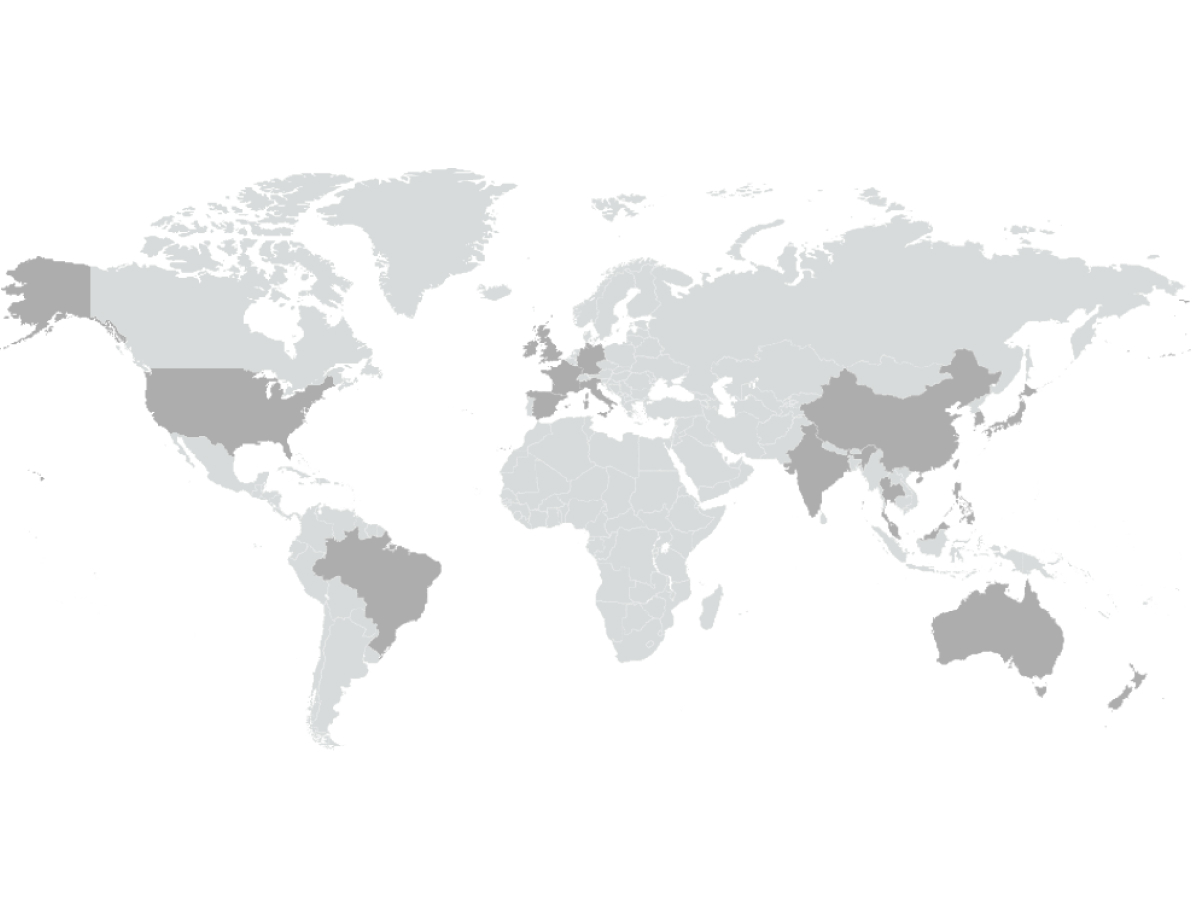Unwanted robocalls down slightly but other indications reveal that signing of traffic alone is not enough as analytics and Enterprise registration, vetting and authentication is needed
With US carriers continuing to improve STIR/SHAKEN implementation, consistent regulatory enforcement efforts and the use of advanced call analytics and branded calling solutions, unwanted robocall volume has continued to drop to 70 billion in 2022, according to preliminary data from the 10th edition of TNS Robocall Investigation Report.
TNS data found 74% of calls from Tier-1 carriers in 2022 were signed (authenticated by STIR/SHAKEN). However, errors and over-attestation – for instance, signing traffic with an “A” when it is not the case – could undermine the STIR/SHAKEN mission.
Attestation levels A, B and C are the mechanisms carriers can use as part of call authentication to identify the calls that can be trusted. Although the signing of a call is a valuable tool, it is not a silver bullet to preventing unwanted calls. Having a robust registration, vetting and authentication plan in place through branded calling solutions is also needed to differentiate valid calls from bad ones.
Working with more than 500 operators and over one billion events every day across hundreds of carrier networks, TNS data and analytics are some of the most accurate and robust in the industry in identifying robocall trends and scams. TNS has been sharing these insights and helping to shape industry decision making in its bi-annual Robocall Investigation Report for the past five years, with the release of its 10th edition planned for March.
“The telecom industry continues to make progress in the fight against unwanted calls due to the advanced deployment of STIR/SHAKEN and increased regulatory enforcement efforts between the FCC and state attorney generals,” said Bill Versen, President of TNS Communications Market business. “With the final stage of STIR/SHAKEN implementation for Tier-3 carriers set for June, Americans should expect robocall volume to continue to decrease throughout 2023. Continued registration, vetting and authentication validating legitimate callers will continue to help consumers have the confidence to answer the wanted calls they receive.”
Overall, robocall volume decreased 11% year over year compared to the 78.9 billion robocalls received in 2021. The total number of robocalls in 2022 is also well below the pre-pandemic peak of 106.9 billion robocalls received in 2019.
Tier-1 carriers remain a small part of the problem: only 8% of unwanted robocalls for the year originated from numbers owned by the top-seven US carriers (AT&T, Charter, Comcast, Lumen, T-Mobile, UScellular and Verizon).
Bad actors have continued to use VoIP networks to launch robocall campaigns: 73% of all unwanted traffic originated from those VoIP numbers in 2022. Advanced analytics with machine learning, paired with further STIR/SHAKEN implementations this coming summer, should help decrease spam traffic and support better identification and branding of wanted calls with solutions such as TNS Enterprise Branded Calling. This will allow providers and regulators to continue working together in monitoring and blocking bad actors and restoring trust in voice calling.
TNS will release detailed insights in the 10th edition of its TNS Robocall Investigation Report this March. To learn more about the preliminary findings and to request a full copy of the report when it is available, please visit https://tnsi.com/resource/tns-robocall-investigation-report/





